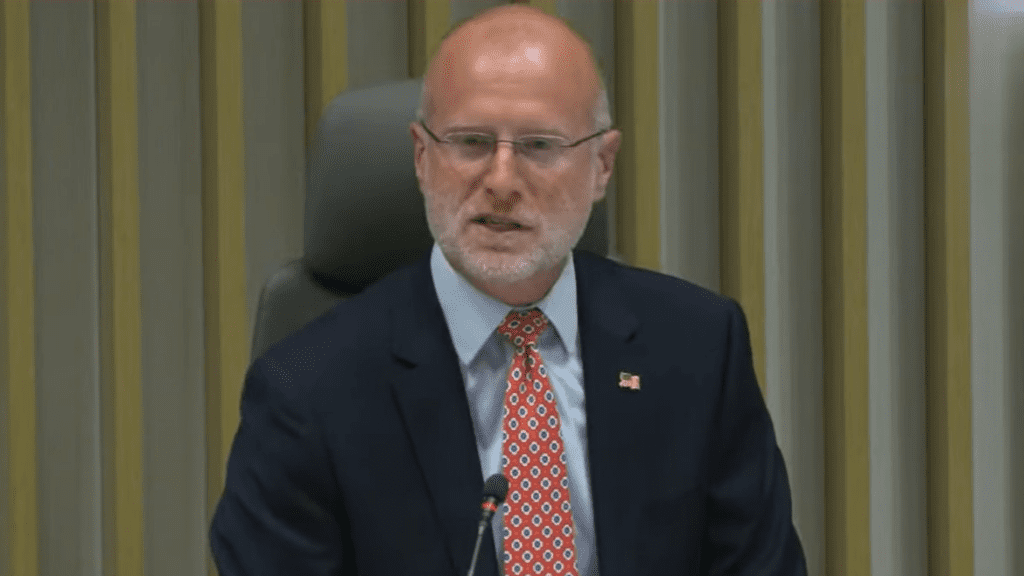Precision Agriculture Task Force Set to Continue Rural Connectivity Studies
Randy Sukow
|

The FCC said yesterday that it is renewing its Precision Ag Connectivity Task Force, a group that has spent the last two years studying the technologies available to improve farm and ranch production. The group also has been looking at the level of need for connectivity in unserved rural areas.
Many of the first-term task force members will remain, including the group’s chairman, Teddy Bekele, senior VP of Land O’Lakes as well as NRTC Board Members Bob Hance of Midwest Energy and Communications in Michigan, and Jimmy Todd of Nex-Tech in Kansas.
“In its second term, the Task Force will continue its work to provide advice and recommendations to the Commission on accelerating the deployment of broadband Internet access service on unserved agricultural land to promote precision agriculture,” the FCC said in a Public Notice (PDF). According to the notice, the next task force meeting will be Jan. 13 at 10 a.m. Eastern Time and will be available live online through the FCC’s web site.
The Commission chartered the task force in 2019 with the option of renewal every two years through 2025. The group includes representation from a wide range of rural American businesses, community leaders and others, including rural electric and telephone companies.
Last month, the group released a report (PDF) with findings and recommendations from the first two years. “Given the economic, productivity and quality of life benefits associated with achieving digital connectivity, timely investment is critical … We remain encouraged that we can make broadband connectivity available to every corner of our great nation,” the report concludes.
Among the recommendations:
- The FCC should change its definition of fixed and mobile broadband service for funding purposes from a minimum of 25 Mbps downstream/3 Mbps upstream to 100/20 Mbps, consistent with speed levels Congress is requiring in recent funding legislation. However, the group recommends limiting any requirement for symmetrical 100 Mbps service, which many rural advocates now support. “At this time, symmetrical upload/download should only be considered for broad application terrestrial wireline networks, as symmetrical standards are currently technically impractical for wireless technologies,” according to the report’s executive summary. Many of the most important precision ag applications will require wireless connectivity.
- The Commission should create policy incentives for service providers to build connectivity using all platforms – terrestrial, non-terrestrial and mobile. Various precision ag applications will have need of all of them. The group singles out the need for “elements to enable Precision Agriculture deployment in the areas of edge computing, private 5G-like technology infrastructures and Precision Agriculture application development.” The report suggests interagency coordination, especially with the U.S. Department of Agriculture (USDA), to develop the incentives.
- The FCC should create better broadband maps. Pretty much everyone agrees with that, and the Commission is reworking its maps in coordination with USDA. But the group adds that agricultural areas need “a uniform set of practices and validation processes … including crowd sourced data validation and on the ground testing mechanisms to verify quality of service against broadband provider claims.” It suggests that USDA and local extension services could facilitate the measurement and verification.
Second-term working groups will continue to cover mapping as well as examining demand for precision ag technologies, the effect of precision ag on job growth and how to extend broadband to unserved agricultural lands.


